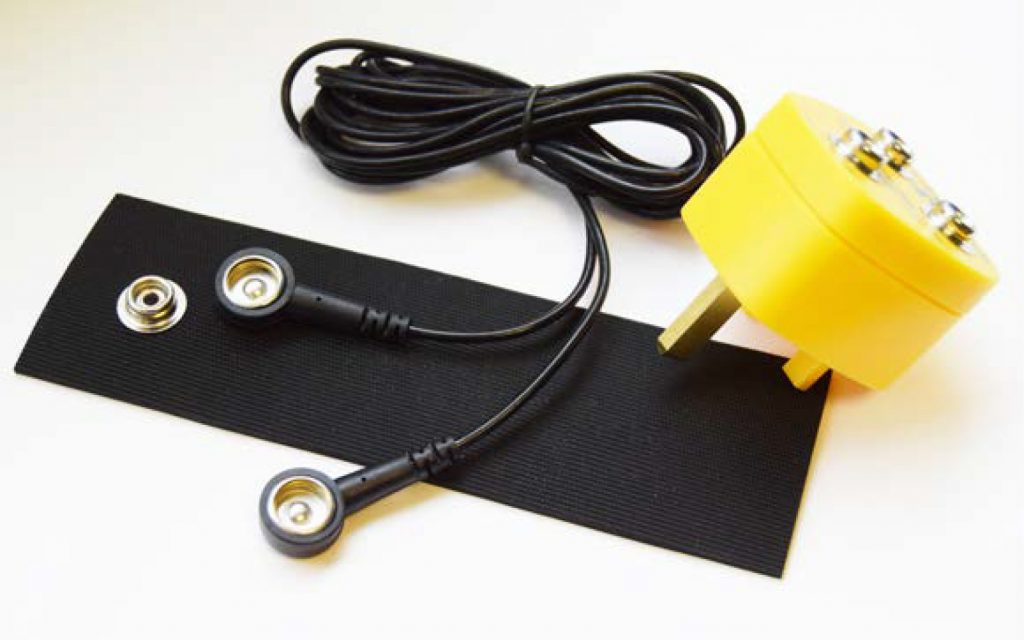ESD flooring (Electrostatic Discharge) flooring and anti-static flooring are both designed to mitigate the risks of electrostatic discharge in environments where sensitive electronic equipment, chemicals, or explosives are present. However, they serve slightly different purposes and have distinct characteristics. We explain the differences between ESD and anti-static flooring solutions:
1. Purpose:
ESD flooring is specifically designed to control and dissipate static charges to prevent damage to sensitive electronic components. It provides a controlled path for the discharge of static electricity, ensuring that it doesn’t accumulate and cause harm to electronic devices.
Anti-static flooring, on the other hand, is more focused on reducing static charges and preventing them from accumulating to levels that might be hazardous or damaging. While it does offer some level of electrostatic discharge protection, its primary goal is to minimise static build-up on individuals and equipment.
2. Electrical Conductivity:
ESD flooring has a higher level of electrical conductivity. It offers a path of low resistance for static charges to flow from people or objects to a grounding point, effectively dissipating the charges.
Anti-static flooring has a lower level of electrical conductivity compared to ESD flooring. It resists the build-up of static charges but might not provide the same rapid discharge capabilities as ESD flooring.
3. Resistance:
ESD flooring typically has very low resistance, allowing for quick discharge of static charges.
Anti-static flooring has higher resistance compared to ESD flooring, which means it slows down the build-up of static charges but might not be as effective at rapid dissipation.
4. Applications:
ESD flooring is crucial in environments where electronic components are manufactured, assembled, tested or repaired. It’s commonly found in electronics manufacturing plants, server rooms, and cleanrooms.
Anti-static flooring is suitable for environments where static charges need to be controlled, but where the risk of electrostatic discharge is not as critical. This can include offices, hospitals, laboratories and retail spaces.
5. Cost:
Anti-static flooring is often more affordable than ESD flooring, however, ESD flooring tends to be more specialised due to its higher level of conductivity and discharge capabilities. The long term cost savings of installing ESD flooring solutions should not be overlooked to safeguard company assets.
To conclude…
In summary, ESD flooring is designed for environments where precise control of electrostatic discharge is essential to protect sensitive electronics, to safeguard prized and costly company assets. Anti-static flooring, while providing static control, is better suited for environments where the primary concern is preventing the accumulation of static charges on individuals and equipment, rather than rapid discharge.
The choice between the two depends on the specific needs and requirements of the environment.
Our flooring experts are available to answer any questions about ESD flooring you may have. Please get in touch using the details below.
Order an ESD floor tile sample
Fill out your name and address details and we will post you a sample. Click here to request a sample
Get in touch
Call us on 028 9262 5898 to speak to a flooring expert or email us info@flexi-tile.com. Our offices are open Mon-Fri 9am-5pm.


